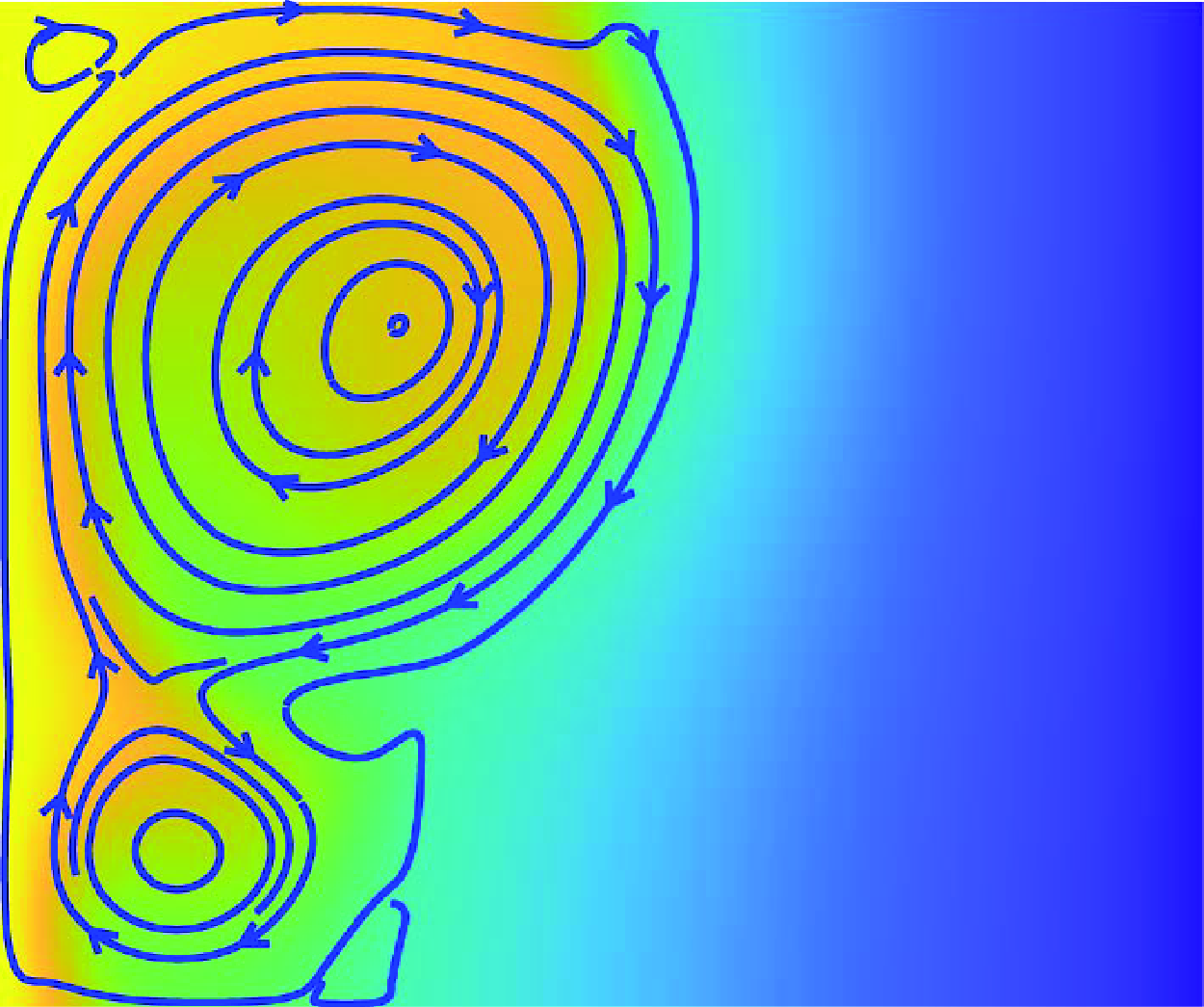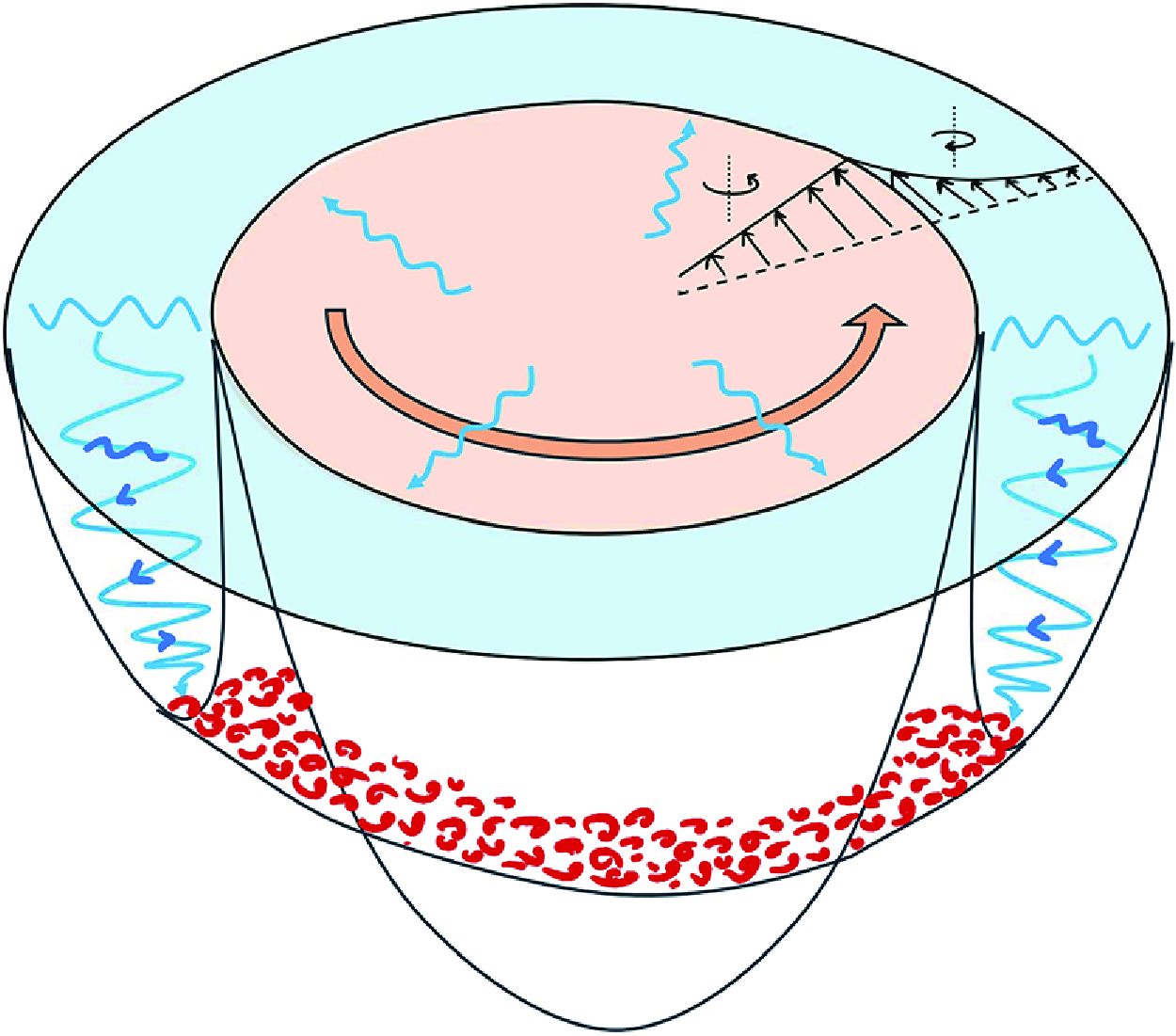Refine listing
Actions for selected content:
1419491 results in Open Access
Water status but not mild and cold temperatures affect harvest damage susceptibility and tissue integrity of sugar beet (Beta vulgaris) roots
-
- Journal:
- The Journal of Agricultural Science / Volume 163 / Issue 4 / August 2025
- Published online by Cambridge University Press:
- 18 July 2025, pp. 393-402
-
- Article
-
- You have access
- Open access
- HTML
- Export citation
E. J. KENNEY and J. D. REED, A Commentary on Ovid’s Metamorphoses, Volume II: Books 7–12. Cambridge: Cambridge University Press, 2024. Pp. xix + 669. isbn 9780521895804. £120.00.
-
- Journal:
- The Journal of Roman Studies , First View
- Published online by Cambridge University Press:
- 17 July 2025, pp. 1-2
-
- Article
- Export citation
Theoretical framework for designing phase change material systems
-
- Journal:
- Journal of Fluid Mechanics / Volume 1015 / 25 July 2025
- Published online by Cambridge University Press:
- 17 July 2025, A7
-
- Article
-
- You have access
- Open access
- HTML
- Export citation
Perceived Opposition to Racially Progressive Policies and Negative Affect toward the Republican Party among Democrats
-
- Journal:
- Journal of Race, Ethnicity and Politics / Volume 10 / Issue 3 / November 2025
- Published online by Cambridge University Press:
- 17 July 2025, pp. 664-673
-
- Article
-
- You have access
- Open access
- HTML
- Export citation
EMILY GOWERS, Rome’s Patron: The Lives and Afterlives of Maecenas. Princeton and Oxford; Princeton University Press, 2024. Pp. xv + 463; illus. isbn 9780691193144 (hbk), £38.00; 9780691255989 (electronic).
-
- Journal:
- The Journal of Roman Studies , First View
- Published online by Cambridge University Press:
- 17 July 2025, pp. 1-2
-
- Article
- Export citation
Near-inertial wave propagation in a curved front
-
- Journal:
- Journal of Fluid Mechanics / Volume 1015 / 25 July 2025
- Published online by Cambridge University Press:
- 17 July 2025, R1
-
- Article
- Export citation
Shifts in Food Acquisition and Consumption Habits During COVID-19: Insights from a Diverse Sample
-
- Journal:
- Disaster Medicine and Public Health Preparedness / Volume 19 / 2025
- Published online by Cambridge University Press:
- 17 July 2025, e193
-
- Article
-
- You have access
- Open access
- HTML
- Export citation
A time-varying estimation of an external reaction function for European Monetary Union countries: the role of risk-aversion and financial openness
-
- Journal:
- Macroeconomic Dynamics / Volume 29 / 2025
- Published online by Cambridge University Press:
- 17 July 2025, e120
-
- Article
- Export citation
How Turkey has governed Syrian refugees over a decade: a three-tiered class analysis
-
- Journal:
- New Perspectives on Turkey / Volume 73 / November 2025
- Published online by Cambridge University Press:
- 17 July 2025, pp. 183-205
-
- Article
-
- You have access
- HTML
- Export citation
Emergency Preparedness and Factors Influencing Decision-Making in a Sample of Public K–12 Schools During the COVID-19 Pandemic: A Mixed Methods Study
-
- Journal:
- Disaster Medicine and Public Health Preparedness / Volume 19 / 2025
- Published online by Cambridge University Press:
- 17 July 2025, e194
-
- Article
- Export citation
A rare complication of cyanotic CHD: brain abscess
-
- Journal:
- Cardiology in the Young / Volume 35 / Issue 7 / July 2025
- Published online by Cambridge University Press:
- 17 July 2025, pp. 1464-1468
-
- Article
- Export citation
China’s Path to Modernization and Legal Pluralism: Transplants and the Belt and Road Initiative
-
- Journal:
- Asian Journal of Law and Society / Volume 12 / Issue 2 / June 2025
- Published online by Cambridge University Press:
- 17 July 2025, pp. 109-144
-
- Article
-
- You have access
- Open access
- HTML
- Export citation
CENTLIVRES CHALLET CLAUDE-EMMANUELLE (Ed.), Married Life in Greco-Roman Antiquity (Routledge monographs in classical studies). London and New York: Routledge, 2022. Pp. xi + 215: illus. isbn 9780367345044 (hbk), £135.00; 9781032149653 (pbk), £39.99; 9780429326271 (ebk), £39.99.
-
- Journal:
- The Journal of Roman Studies , First View
- Published online by Cambridge University Press:
- 17 July 2025, pp. 1-3
-
- Article
- Export citation
Death of the Gharīb: A Window towards a Regional Understanding of Displacement in the Middle East
-
- Journal:
- Comparative Studies in Society and History / Volume 67 / Issue 4 / October 2025
- Published online by Cambridge University Press:
- 17 July 2025, pp. 761-784
-
- Article
-
- You have access
- Open access
- HTML
- Export citation
Arbitrating African cultural heritage disputes
-
- Journal:
- International Journal of Cultural Property / Volume 31 / Issue 4 / November 2024
- Published online by Cambridge University Press:
- 17 July 2025, pp. 427-442
-
- Article
-
- You have access
- Open access
- HTML
- Export citation
Non-final final consonants in the Croissant
-
- Article
-
- You have access
- Open access
- HTML
- Export citation
Crystal structure of RbCdVO4 from X-ray laboratory powder diffraction
-
- Journal:
- Powder Diffraction / Volume 40 / Issue 3 / September 2025
- Published online by Cambridge University Press:
- 17 July 2025, pp. 179-182
-
- Article
- Export citation
GESINE MANUWALD, Cicero, Post Reditum Speeches: Introduction, Text, Translation, and Commentary. Oxford: Oxford University Press, 2021. Pp. xlviii + 397, illus. isbn 9780198850755. £110.00
-
- Journal:
- The Journal of Roman Studies , First View
- Published online by Cambridge University Press:
- 17 July 2025, pp. 1-2
-
- Article
- Export citation


